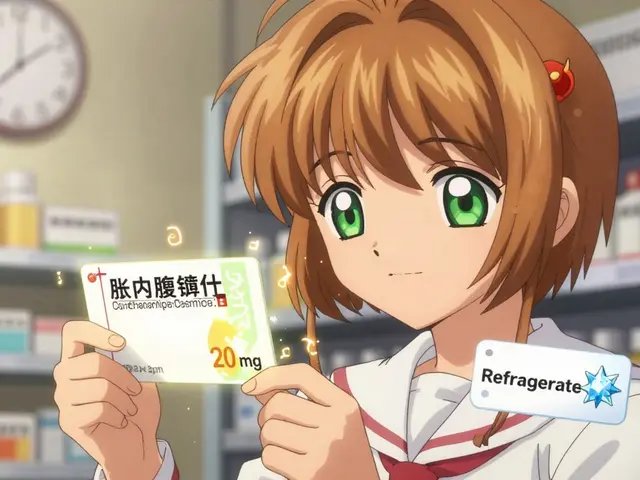Type 2 Diabetes: Practical Steps to Manage Blood Sugar
Type 2 diabetes happens when your body can’t use insulin well. That raises blood sugar. You can act now to slow damage, feel better, and lower health risks.
First, check your numbers. Use a glucose meter or continuous monitor. Aim targets come from your doctor, but many adults try fasting glucose under 130 mg/dL and post-meal values under 180 mg/dL. Track patterns, not single readings—look for times of day when sugar climbs and what you ate before.
Daily habits that help
Move more. A 20–30 minute walk after meals lowers blood sugar and helps weight control. Eat regular protein and fiber to blunt spikes—think grilled chicken, beans, vegetables, and whole grains. Cut sugary drinks and limit refined carbs like white bread and pastries. Sleep matters: aim for consistent rest because poor sleep raises insulin resistance. Manage stress with short breathing breaks or brief exercise; stress hormones can push blood sugar up.
Weight loss of 5–10% often improves blood sugar. Small, steady changes beat extreme diets. Try swapping one snack a day for a piece of fruit and a handful of nuts. Small wins add up.
Medications and safety
Metformin is usually first. If it’s not enough, doctors may add other types: DPP‑4 inhibitors, SGLT2 inhibitors, GLP‑1 agonists like semaglutide, or insulin. Each drug carries benefits and side effects—SGLT2 drugs can cut heart risk but raise urinary infection risk; GLP‑1 drugs help weight loss but may cause nausea. Talk with your prescriber about goals and tradeoffs.
If you read about meds like Rybelsus (semaglutide) online, check the source before buying. Use reputable pharmacies and confirm prescriptions. Our article on how to safely buy Rybelsus online explains what to watch for and how to spot scams.
Regular care matters. Get A1C checks every 3 months until stable, then every 3–6 months. Check blood pressure, cholesterol, kidney function, and feet at least yearly. Vaccines like flu and pneumococcal shots are smart for people with diabetes.
Know warning signs. High blood sugar causes extreme thirst, frequent urination, blurred vision, and fatigue. Very high levels can lead to dehydration and urgent problems. Low blood sugar from meds can cause shakiness, sweating, and confusion—carry fast carbs like glucose tablets.
Finally, build a team. Work with your doctor, diabetes educator, dietitian, and pharmacist. Small, steady steps produce durable results. If you want safe medication advice or product reviews, our Rybelsus guide and related articles can help you choose information you can trust.
Technology and community support help a lot. Apps can log glucose, food, meds, and activity, making trends easy to spot. Many people find peer groups or local diabetes classes useful for motivation and questions. When starting new meds or changing dose, check blood sugar more often for a week. Keep a simple log: date, time, reading, what you ate, and how you felt. That record makes clinic visits faster and helps your team fine-tune treatment. Ask about foot care and eye checks yearly at clinic visits.
Type 2 Diabetes: Understanding Insulin Resistance and Metabolic Syndrome
Type 2 diabetes is driven by insulin resistance and metabolic syndrome-two silent conditions that develop years before diagnosis. Learn how they connect, what actually causes them, and how to reverse them with science-backed lifestyle changes.
Type 2 Diabetes and Inflammation: What You Need to Know
In my latest blog post, I discussed the connection between Type 2 diabetes and inflammation. It turns out that chronic inflammation may play a significant role in the development of this disease. I shared some insightful information on how to identify and manage inflammation in our bodies, as well as tips on adopting a healthier lifestyle to prevent or manage Type 2 diabetes. Additionally, I emphasized the importance of regular check-ups and working closely with healthcare professionals. Don't miss out on this valuable information that could potentially improve your health and well-being!







